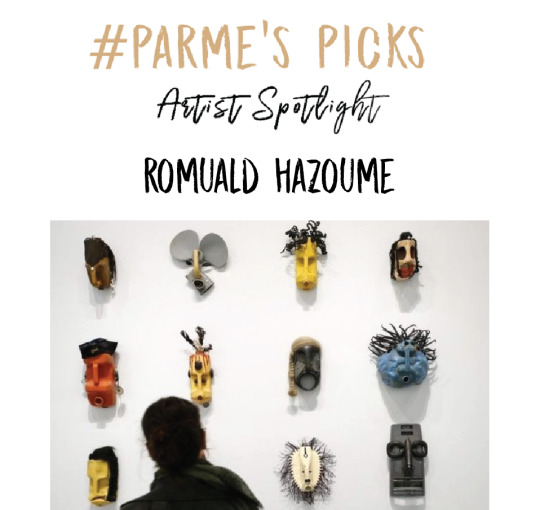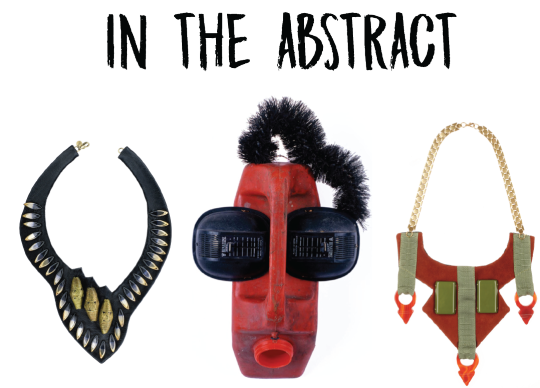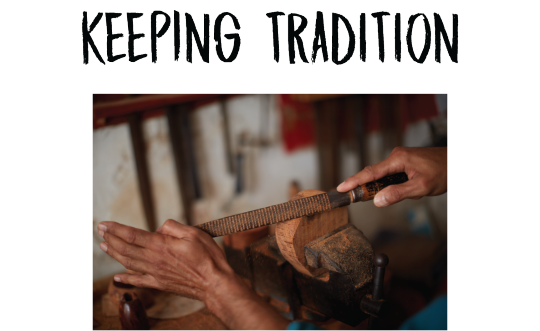#Romuald Hazoume
Text

Romuald Hazoumè (Beninese, b. 1962)
Ibedji Ade, 2014
259 notes
·
View notes
Text
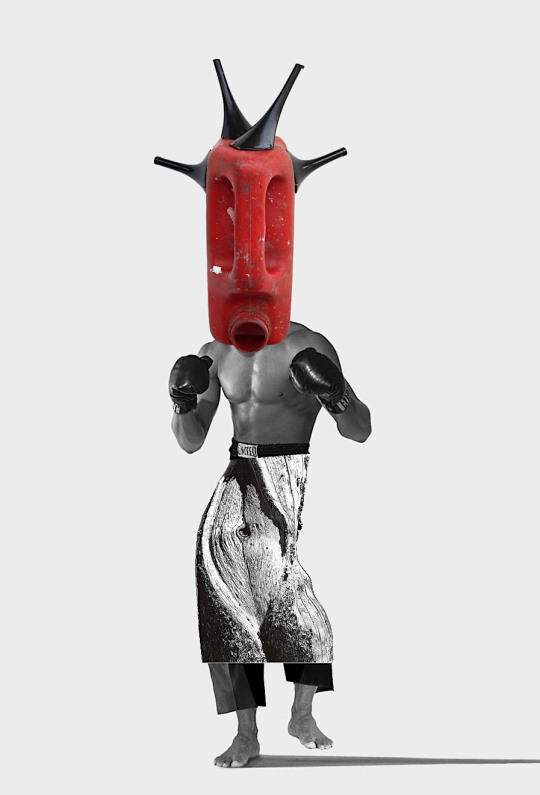
eucanthos
Romuald Hazoumè: Tallonée mask, 2015
Stanley Weston: Cassius Clay, 1962
Edward Weston: Pine, Lake Tenaya, Yosemite National Park, 1937
Herb Ritts: Duo VIII’ LA, 1990 [feet]
32 notes
·
View notes
Text

African Masks inspired by Romuald Hazoume. He made masks from discarded gasoline plastic containers to resemble those used in Traditional African Culture Ceremonies.
7 notes
·
View notes
Photo
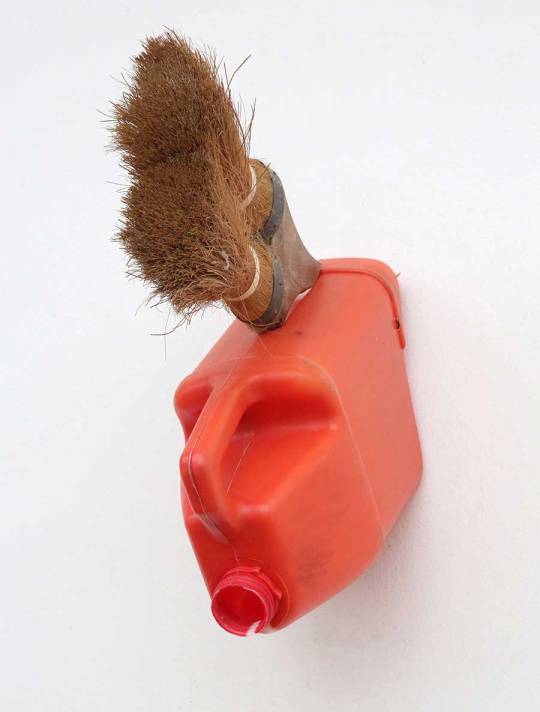
Romuald Hazoumé
Noosa, 2016
Found objects, 38 x 12 x 28 cm
70 notes
·
View notes
Photo

Romuald Hazoume: Join us tonight, September 5, 6–8pm, for the opening reception of Romuald Hazoumè at Gagosian Park & 75, New York. Masks are perhaps the best-known aspect of Hazoumè’s art. Each mask achieves a vivid quality of illusion as Hazoumè imbues inanimate objects with qualities that allude to a life story or history: http://fal.cn/VUue
__________
Romuald Hazoumè, Oiseau bleu, 2018, plastic and feathers, 15 × 15 × 6 3/8 inches (37.9 × 37.9 × 16 cm) Romuald Hazoumè © 2018 Artists Rights Society (ARS), New York/ADAGP, Paris. Courtesy Galerie Magnin-A, Paris
209 notes
·
View notes
Photo
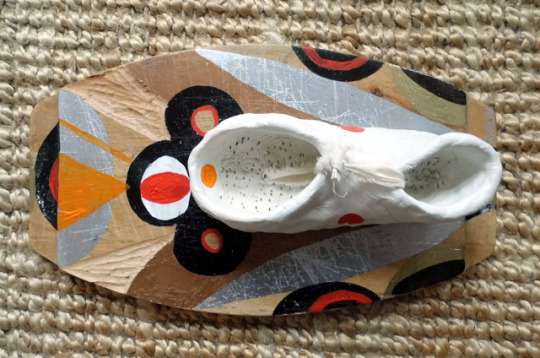


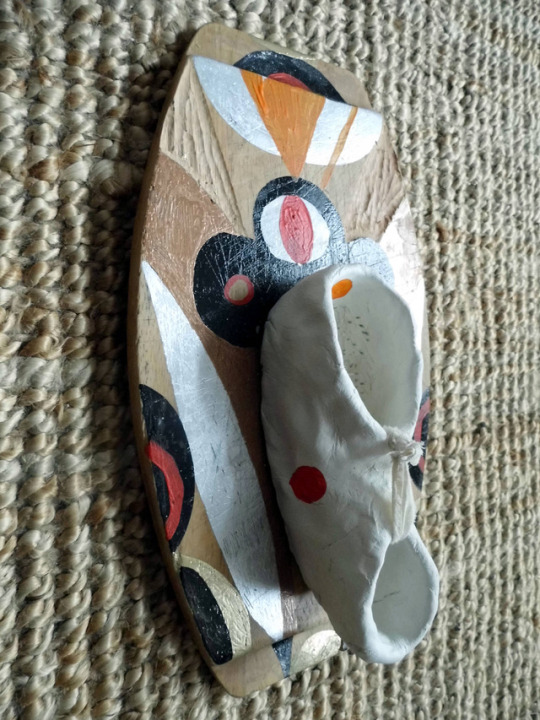

Friday Afternoon In The Universe (Romuald Hazoume)
https://www.youtube.com/watch?v=dS8O9fEa19Q
https://www.youtube.com/watch?v=FofIC5kSl18
I have been back home for a month, under the Spanish sun and it has been inspiring.
He estado un mes de vuelta en casa, bajo el sol de España y ha sido inspirador.
Metallic paint, cloth, and clay on wood.
Pintura metálica, tela y arcilla sobre madera.
32 x 18 cm
#Oscar Rey#Berlin#Kunts#sculpture#mask#mascara#oscarangelreysoto.com#oscaratelier.com#self made mask#Medeski Martin &wood#romuald hazoume
1 note
·
View note
Photo

Fiegnon, Romuald Hazoumé, 2011, Brooklyn Museum: Arts of Africa
© Romuald Hazoume
Size: 11 x 8 x 8 1/2 in. (27.9 x 20.3 x 21.6 cm)
Medium: Plastic, fiber (possibly synthetic), metal (copper wire)
https://www.brooklynmuseum.org/opencollection/objects/216211
63 notes
·
View notes
Text
An Introduction to Jean Pigozzi

“When I started, everyone thought that I was an idiot. But now many museums - like Pompidou, Tate, Metropolitan in New York, Los Angeles County Museum - they all want to do shows from my collection,” explains French-born Italian collector Jean Pigozzi in 2016, reacting to the rise in popularity and interest in Contemporary African art. At sixty-four years old, Pigozzi has amassed over 10,000 works of Contemporary African art with a particular focus on artists who live and work in sub-Saharan Africa. Pigozzi’s collection is different from other collections of Contemporary African art (such as the Zeitz collection) which include works by artists who may not be currently living and working in Africa and which feature artists from all different parts of the continent. What is not different, however, is Pigozzi’s desire to help African artists to share their stories with the world. Although his collection does not have a permanent museum or location where it can be shown altogether, the works are frequently on loan to prestigious museums internationally and featured in exhibitions worldwide.
Pigozzi was an artist before he ever became an art collector; he discovered photography at a young age as a way to capture the world around him and express himself without extensive writing, which he struggled with due to dyslexia. Growing up in what he calls a “typical European bourgeois” household, the young aficionado regularly attended art museums with his mother, and his parents even had a modest collection of Impressionist works. It was not until the 1970s, when he attended Harvard University in the United States, however, that Pigozzi exposed himself to art that was more avant-garde. Pigozzi recalls spending weekends in New York visiting MoMA, the Whitney, and galleries downtown. Pigozzi found the art around him fascinating: “It was all so exciting,” he said. “This was the time of Conceptual Art and Minimalism; Carl Andre and Sol LeWitt.” His first purchase was a small Sol LeWitt drawing. At age twenty one, Pigozzi inherited his father’s fortune and became wealthy enough to enjoy a life of leisure dedicated to following his passions - including his burgeoning interest in art - wherever they led him.
In 1989, Pigozzi discovered Contemporary African art when he attended the well-known, yet controversial, exhibition Magiciens de la terre at the Centre Georges Pompidou in Paris. The exhibition, which is seen as one of the major turning points for the art world’s globalization, featured works by more than 100 artists from 50 countries, half of which were so-called “non-Western.” Upon seeing the show, Pigozzi was struck by the creativity of the African artists whose works were featured. Pigozzi was not able to purchase the works in the show, which included those by now relatively more well-known Contemporary African artists Bodys Isek Kingelez and Chéri Samba, because they were owned by a French television station. However, Pigozzi was introduced to André Magnin, who helped curate the show, and he became Pigozzi’s advisor as he began to collect Contemporary African art. Most of the works that the collector has acquired were purchased directly from the artists themselves, and many of them were discovered by Magnin through his journeys into Africa scouting for artistic talent.
While Pigozzi himself has never been to Africa, he remains committed to meeting and talking with the artists whose work he collects, finding collectors who do not do so to be more vulnerable to the tall tales sometimes told by art world professionals when trying to make a sale. Among the 71 artists listed on Pigozzi’s collection website, only some of them have been featured in gallery or museum shows - lending itself well to the interpretation that Pigozzi enjoys discovering new artists. Pigozzi has been credited for essentially launching the careers of artists in his collection who do have more art world visibility. For instance, journalist Tess Thackara argues: “Without Pigozzi’s patronage, it’s easy to imagine that [Kingelez] would never have made it onto the MoMA’s walls; the high-profile collector has undeniably brought visibility to Kingelez’s work and played a crucial role in its preservation.”
When he talks about his motives for collecting the art that he does, Pigozzi never talks about financial viability, stability or even potential to produce any sort of profit. In fact, Pigozzi believes that anyone viewing his collection through a financial lens would see it as a “mistake,” with his most valuable paintings being worth $100,000 at maximum, according to the collector - a small amount of money compared to the millions of dollars that Warhol’s and Basquiat’s achieve at auction. But, Pigozzi does not view his works through a financial lens, explaining that while his choice of category may not make sense of a collector interested in making a long-term profit off his works, it makes sense for Pigozzi because he feels he occupies an interesting and unique niche within the art world.
Artworks from The Contemporary African Art Collection (CAAC), which is what Pigozzi calls his collection, have been featured in what one might argue to be every important exhibition of Contemporary African Art in major art institutions in 2018, including Romuald Hazoumè at Gagosian, Park & 75, New York; Platform: Barthélémy Toguo: The Beauty of Our Voice at the Parrish Art Museum, Water Mill, New York; and Bodys Isek Kingelez: City of Dreams at the Museum of Modern Art, New York. All of those exhibitions have gotten major press coverage, including mentions or full articles in The New York Times, The Wall Street Journal, TIME, and Forbes.
In terms of his plans for the future, Pigozzi has expressed a desire to contain his collection within one place and make it available to the public without having to be dispersed among various museums. “It would be sad if 30 years of work disappeared, and the 10,000-strong collection was dispersed,” Pigozzi laments. Yet, Pigozzi realizes that he may not have the resources to put all of his art in one place right now - at least not in a place that he himself funds. “If I [were] Bill Gates,” he says, “I would build a museum. But I’m not Bill Gates. So, I’m open to suggestions,” Pigozzi discloses in an interview with an implied sense of humor. In the meantime, viewing sublime works from Pigozzi’s collection, like the imaginative Bodys Isek Kingelez’s utopian city sculptures at MoMA, is not a bad option for those of us interested in unveiling the stories that Pigozzi readily makes available to the art-viewing public.

Jean Pigozzi and Chéri Samba, Paris, 2002. Source: Les Initiés: un choix d’oeuvres (1989-2009) dans la collection d’art contemporain africain de Jean Pigozzi, Fondation Louis Vuitton, 2017.
Photo at top: Jean Pigozzi. Source: https://www.youtube.com/watch?v=-Jy-ggtttZQ.
Bibliography:
Artforum. “Jean Pigozzi to Build Foundation for Contemporary African Art.” April 26, 2017. Accessed November 4, 2018. https://www.artforum.com/news/jean-pigozzi-to-build-foundation-for-contemporary-african-art-68078.
Baumgardner, Julie. “Inside the World’s Largest Collection of Contemporary African Art.” Artsy. October 12, 2015. Accessed November 4, 2018. https://www.artsy.net/article/artsy-editorial-inside-the-world-of-jean-pigozzi-the-tech.
Buffenstein, Alyssa. “Investor and Celeb Photographer Jean Pigozzi Is Searching for a Home for His African Art Collection.” artnet News. April 27, 2017. Accessed November 4, 2018. https://news.artnet.com/art-world/jean-pigozzi-foundation-contemporary-african-art-938897.
Caacart.com. “Artists.” Accessed November 4, 2018. http://caacart.com/caacart-artists.php. Caacart.com. “Exhibitions.” Accessed November 4, 2018. http://caacart.com/caacart-exhibitions.php.
Caacart.com. “Home.” Accessed November 4, 2018. http://caacart.com/.
Christie’s. “The Insider’s guide to Contemporary African art.” February 15, 2018. https://www.christies.com/features/The-insider-guide-to-Contemporary-African-art-8887-1.aspx.
Delson, Susan. “In the Hamptons, This Artist Builds the Boat And Serves the Coffee.” The Wall Street Journal. July 26, 2018. Accessed November 4, 2018. https://www.wsj.com/articles/in-the-hamptons-this-artist-builds-the-boat-and-serves-the-coffee-1532617982.
Edwards, Natasha. “Jean Pigozzi’s Massive Collection of African Art.” Surface. November 30, 2015. Accessed November 4, 2018. https://www.surfacemag.com/articles/20151130jean-pigozzis-massive-collection-of-african-art/.
Friedel, Julia. “Magiciens de la Terre.” Contemporary And. August 12, 2016. Accessed November 4, 2018. https://www.contemporaryand.com/magazines/magiciens-de-la-terre/.
Harris, Gareth. “Venture capitalist Jean Pigozzi plans foundation to house contemporary African art collection.” The Art Newspaper. April 26, 2017. Accessed November 4, 2018. https://www.theartnewspaper.com/news/venture-capitalist-jean-pigozzi-plans-foundation-to-house-huge-contemporary-african-art-collection
Meistere, Una. “Jean Pigozzi.” Independent Collectors. July 19, 2016. Accessed November 4, 2018. https://independent-collectors.com/collectors/jean-pigozzi-arterritory/.
Pigozzi, Jean. “Jean Pigozzi: The Collecting Life.” Caacart.com. June 2005. Accessed November 4, 2018. http://caacart.com/about_jp_en.php.
Press, Clayton. “Romauld Hazoumé, Gagosian, Park & 75, New York.” Forbes. September 23, 2018. Accessed November 4, 2018. https://www.forbes.com/sites/claytonpress/2018/09/23/romuald-hazoume-gagosian-park-75th-new-york/#5227dbdf3b58.
Schwendener, Martha, Will Heinrich, and Jillian Steinhauer. “What to See in New York Art Galleries This Week.” The New York Times. September 13, 2018. Accessed November 4, 2018. https://www.nytimes.com/2018/09/13/arts/design/what-to-see-in-new-york-art-galleries-this-week.html.
Shapiro, Eben. “At MoMA, a Genius Finally Gets His Due.” Time. June 28, 2018. Accessed November 4, 2018. http://time.com/5324720/body-isek-kingelez-moma/.
Smith, Roberta. “Fantastical Cityscapes of Cardboard and Glue at MoMA.” The New York Times. May 31, 2018. Accessed November 4, 2018. https://www.nytimes.com/2018/05/31/arts/design/bodys-isek-kingelez-review-moma.html.
Thackara, Tess. “Bodys Isek Kingelez, Maker of Utopian Cities, Finally Gets the Retrospective He Deserves.” Artsy. May 24, 2018. Accessed November 4, 2018. https://www.artsy.net/article/artsy-editorial-finally-notice-bodys-isek-kingelezs-utopian-vision.
#jean pigozzi#pigozzi#jeanpigozzi#contemporary african art#contemporary art#african art#african contemporary art#blog#art blog#art blogger#contemporary art blog#art collectors#art collector#collectors#art collector profile#art collecting#cheri samba
2 notes
·
View notes
Photo
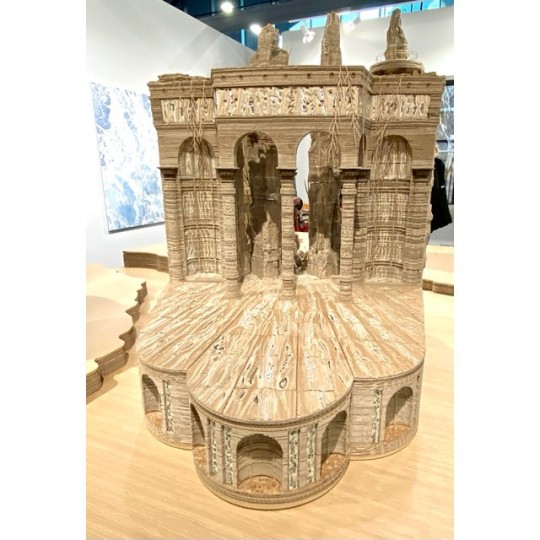
ART PARIS : Eva Jospin, Recycle Group : Andrey Blokhin et Georgy Kuznetsov, Romuald Hazoume : Pièce montée, Amadou Sanogo : Ndonbo : masque des garçons non circoncis ne sort que pour danser, Steve Bandoma : Papotage, Dimitri Tsykalov : Pain de guerre. #artparis #artparisartfair #grandpalaiséphémère #evajospin #galeriesuzannetarasieve #recyclegroup #blokhinkuznetsov #romualdhazoume #piecemontee #galeriemagnina #sanofo #ndonbo #bardoma #papotage #dimitritsykalov #paindeguerre #rabouanmoussion #instapic #photooftheday #parismaville (à Art Paris) https://www.instagram.com/p/Cchg5hoOpM5/?igshid=NGJjMDIxMWI=
#artparis#artparisartfair#grandpalaiséphémère#evajospin#galeriesuzannetarasieve#recyclegroup#blokhinkuznetsov#romualdhazoume#piecemontee#galeriemagnina#sanofo#ndonbo#bardoma#papotage#dimitritsykalov#paindeguerre#rabouanmoussion#instapic#photooftheday#parismaville
1 note
·
View note
Text
SEMINAR
Liveliness: can the life of the material image save forms of life?
Tim ingold
“Where there is life, there is movement”
The world undergoing continuous growth
Grass work
Ackroyd & Harvey, photographic photosynthesis
Uk couple
Made from dead grass
Harnessing energy of the sun
Diana scherer, hyper rhizome
Textiles made from grass
Role of the artist
Images with life is a vitalist projection
The Pygmalion myth- division between life and death in art
The artwork comes to life, the artist breathing life into the inanimate, by kissing the work
Skull from Jericho
Nichole wiseman, body orifices (2005)
A painting weeping with human bodily liquids
Traces
Isabelle graw
The trope of the living autonomous painting in the traces left by the artist
Charline von Heyl, pinkvendetta (2009)
Energy of the artist is communicated
Madeline Kelly, the pollinator
Connection between systems through geometric structures (which fit and work together )
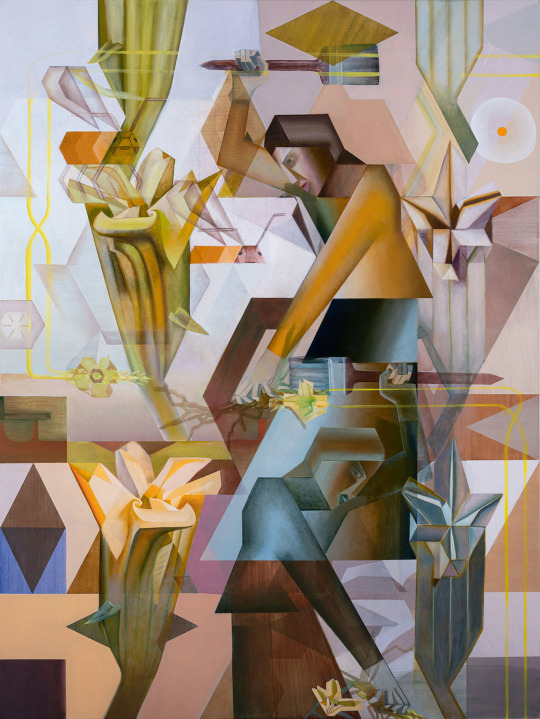
Magical community of matter embodied in material being
The work which holds the labour of the artist
Tala madani, primer (2015)
Old factory
Painting stop motion
The matter becomes the subject of the work
Graham fletcher
Sympathetic magic between tools and that which is carved/ left behind
Weaving
Madeline Kelly, allowable forms and unconscious facts
Romuald hazoume, linerte
Diego Velazquez, The fable of Arachne (1657)
Weaving and connections made through thread

Madeline Kelly, net casting (2020)
Grids accumulate slowly
Allowing image to reveal itself over time
Transformations
Every stage of an artwork is an artwork in itself
Highlighting the journey of a work
The net casting spiders web appears as a blank slate, awaiting the artwork
Living breathing palette, addiction in colour is conveyed through overlaying sound of coffee brewing
Sympoetic
The archive as a living being
A space to grow from, divide off, etc.
Warburgs Mnemosyne
Movement
The picture of Dorian grey, Oscar Wilde READ
0 notes
Text

Romuald Hazoumè (Beninese, b. 1962)
Green, 2023
Oil & collage on panel
280 notes
·
View notes
Photo

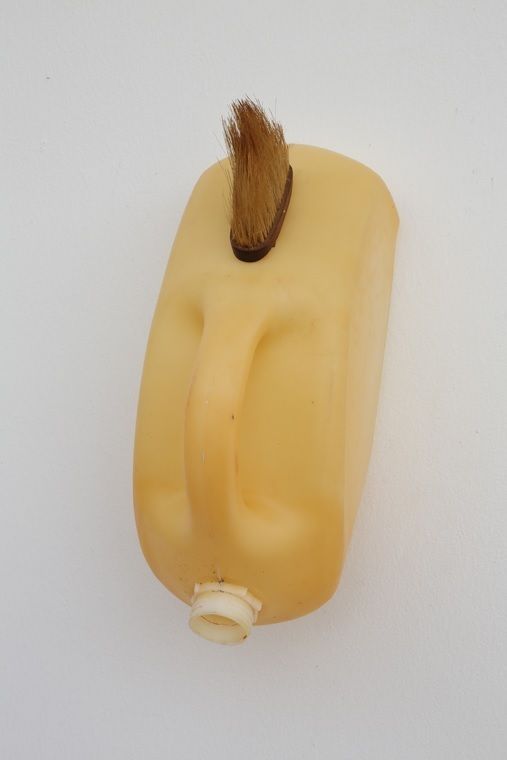

Romuald Hazoumè (b. 1962)
Starman, 2015 || Ziggy, 2015 || Tallonée, 2015
#humour#assemblage#mix#recycle#upcycle#mask#Benin#Africa#contemporary#plastic bag#plastic#Romuald Hazoume
1 note
·
View note
Photo

Masks by Romuald Hazoume made with found plastic and other miscellaneous objects, on view at the Magnin-A Gallery booth at The Armory Show. #masks #mixedmedia #foundobjects #romualdhazoume #magnina #thearmoryshow #africanartist #contemporaryart (at New York, New York) https://www.instagram.com/p/B-7oayjldla/?igshid=1tky5pj8xr6wa
0 notes
Photo

Romuald Hazoumè
Ma Poule, 2013
Found objects, 46 x 42 x 12 cm
44 notes
·
View notes
Photo

Gagosian Park & 75, New York, is pleased to present an exhibition of works by Romuald Hazoumè, bringing together sculptures from 1997 to the present. This is Gagosian’s second exhibition of Hazoumè’s work following a 2016 show in Paris, and his first solo exhibition in New York since 1999.
___________
Romuald Hazoumè, Algoma, 2016, plastic and raffia, 21 5/8 × 15 3/4 × 7 7/8 inches (55 × 40 × 20 cm) © 2018 Artists Rights Society (ARS), New York/ADAGP, Paris. Photo: Zarko Vijatovic
23 notes
·
View notes
